Hi there, pet lovers! 🐍
For reptile enthusiasts, few creatures inspire as much awe as the Green Anaconda (Eunectes murinus). As the heaviest and one of the longest snakes in the world, this semi-aquatic giant commands respect—and for good reason. While its sheer size and power make it a fascinating animal, owning one is a lifelong commitment that should not be taken lightly.
This review will cover everything potential keepers need to know, from handling challenges and specialized care requirements to legal considerations and ethical concerns. Whether you’re simply curious or seriously considering an anaconda, this guide will help you make an informed decision.
Overview
The Green Anaconda is a massive, semi-aquatic constrictor native to South America’s swamps, rivers, and rainforests. Known for its incredible strength, aquatic lifestyle, and ability to take down large prey, this snake is not for beginners—or even most experienced keepers.
Here’s a quick summary of what makes the Green Anaconda unique:
- Handling and Temperament: Extremely powerful and difficult to manage alone; adults require a team for safe handling.
- Care and Maintenance: Demands a giant, semi-aquatic enclosure with advanced filtration, heating, and humidity control.
- Health and Durability: Hardy if kept correctly but prone to obesity, dehydration, and stress-related issues.
- Availability: Not found in most pet stores but available through specialized breeders and reptile expos (where legal).
- Cost: One of the most expensive reptiles to keep due to enclosure setup, feeding, and maintenance.
Overall: Only suitable for professional facilities, expert keepers, or those with extensive resources. For most, admiring them in zoos or documentaries is the best option.
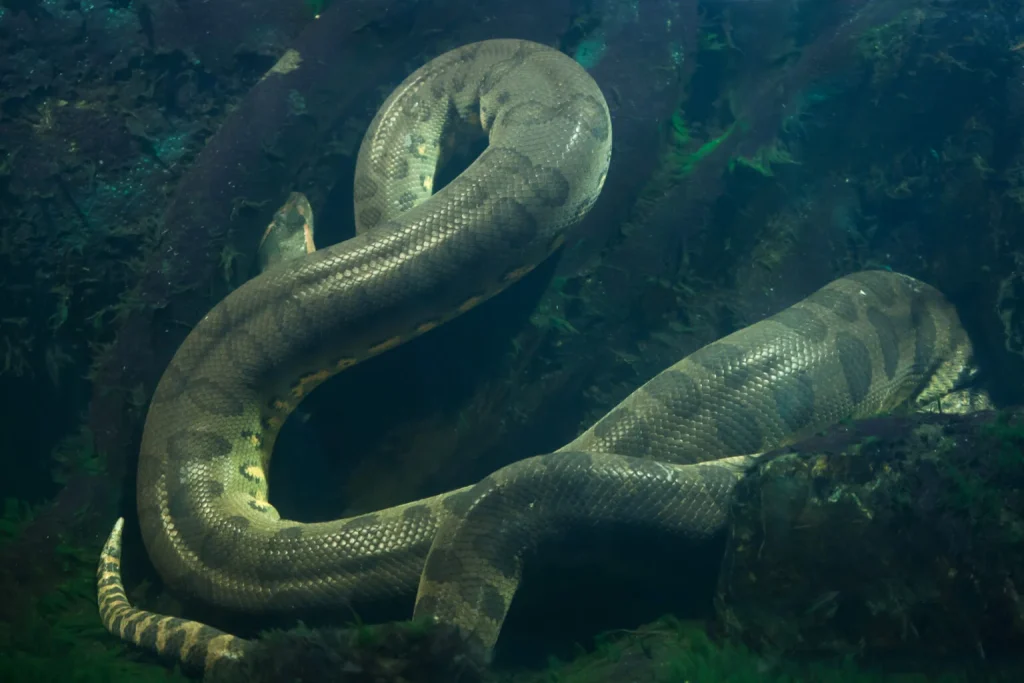
Why Consider a Green Anaconda?
The Green Anaconda is the ultimate “wow factor” reptile. Its sheer size, aquatic adaptations, and raw power make it one of the most impressive snakes on Earth. However, its care requirements are just as extreme as its reputation.
This snake is not a pet in the traditional sense—it’s a lifetime commitment requiring specialized knowledge, a massive enclosure, and a team for handling. Those who can meet its needs will find it a remarkable animal, but most keepers are better off with a Burmese Python or Common Boa for a more manageable giant snake experience.
Handling and Temperament
A Snake That Demands Respect
Green Anacondas are not hands-on pets. While juveniles may be manageable (though still strong and occasionally defensive), adults are too powerful for a single person to handle safely.
- Juveniles (Under 10 ft): Can be held with caution but are muscular, fast, and unpredictable.
- Adults (15+ ft, 100+ lbs): Require multiple experienced handlers to prevent dangerous situations.
Key Handling Challenges
- Constriction Risk: An adult can easily overpower a human if it mistakes a hand for food or feels threatened.
- Aquatic Nature: They spend much of their time submerged, making removal from water difficult and stressful.
- Tailored Tools Needed: A broad, sturdy snake hook is essential to signal handling (not feeding) and avoid accidental bites.
Bottom Line: Handling should be minimal and only done with trained assistance. This is not a snake for casual interaction.
Care and Maintenance
The Ultimate Enclosure Challenge
A Green Anaconda’s habitat must replicate its natural swampy environment—meaning both land and deep water areas are mandatory.
Enclosure Requirements
- Size: Minimum 12 ft x 6 ft x 4 ft for an adult, with at least 2 ft of water depth.
- Land Area: Must include hides, basking spots, and sturdy climbing branches (though they are not arboreal).
- Substrate: Cypress mulch or coconut fiber works best for humidity retention.
Water Setup (The Biggest Challenge)
- Filtration: A pond-grade canister filter is necessary—anacondas are messy and will foul water quickly.
- Heating: Water must be kept 78-82°F, requiring submersible aquarium heaters (protected from the snake’s strength).
- Maintenance: Daily spot-cleaning and weekly water changes are a must to prevent bacterial growth.
Temperature & Humidity
- Ambient Temp: 75-80°F with a basking spot of 88-95°F.
- Humidity: 70-80% at all times (mist systems help).
Feeding a Giant
- Diet: Large rodents, rabbits, guinea pigs, and (for biggest adults) whole chickens or ducks.
- Frequency: Every 2-4 weeks (overfeeding leads to obesity).
- Challenge: Sourcing large, ethically raised prey can be difficult and expensive.
Bottom Line: This is one of the most demanding reptiles to house properly. Unless you can provide a zoo-quality setup, reconsider ownership.

Health and Durability
Hardy, But Not Foolproof
While Green Anacondas are resilient when kept correctly, their size makes health issues harder to manage.
Common Health Concerns
- Dehydration: Occurs if humidity/water access is inadequate.
- Obesity: Overfeeding leads to fatty liver disease and shortened lifespan.
- Respiratory Infections: Caused by poor humidity or dirty water.
- Stress-Related Issues: Frequent handling or improper setups cause refusal to eat or aggression.
Preventative Care
- Regular vet checks (few exotic vets can handle anacondas).
- Strict feeding schedule to avoid obesity.
- Impeccable water quality to prevent infections.
Availability and Cost
Not Your Average Pet Store Snake
- Breeders/Expos: The best sources, but always check legality (banned in some states/countries).
- Price: $300 to $2,000+ depending on lineage and size.
The Real Expense: Setup & Upkeep
- Enclosure: $3,000 to $10,000+ (custom-built).
- Filtration/Heating: $500 to $1,500.
- Food: $50 to $200/month for large prey.
Bottom Line: This is a luxury-tier reptile—only those with significant funds and space should consider it.
Pros and Cons
Pros
✅ Unmatched presence—the largest snake most will ever see.
✅ Fascinating behaviors (aquatic hunting, powerful constriction).
✅ Long lifespan (20+ years with proper care).
Cons
❌ Extremely difficult to handle safely.
❌ Requires a massive, complex enclosure.
❌ Very expensive to maintain.
❌ Not legal in many areas.
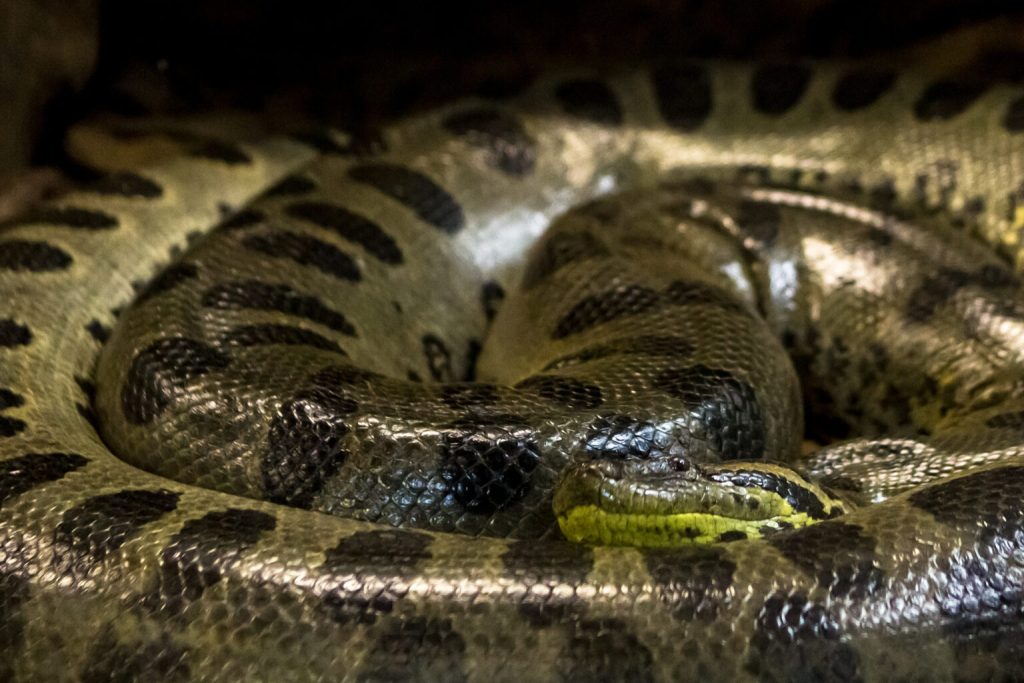
Final Thoughts
The Green Anaconda is a marvel of nature—but not a practical pet. Unless you are a professional keeper, zoo, or have vast resources, this snake is best admired from a distance.
For those determined to own a giant snake, a Burmese Python or Common Boa offers a more manageable alternative. But if you have the space, expertise, and budget, the Green Anaconda remains the ultimate reptilian challenge.
Would you ever consider keeping one? Share your thoughts below!
For more reptile care tips and reviews, stay tuned to our blog and don’t forget to subscribe to our newsletter! 🐍

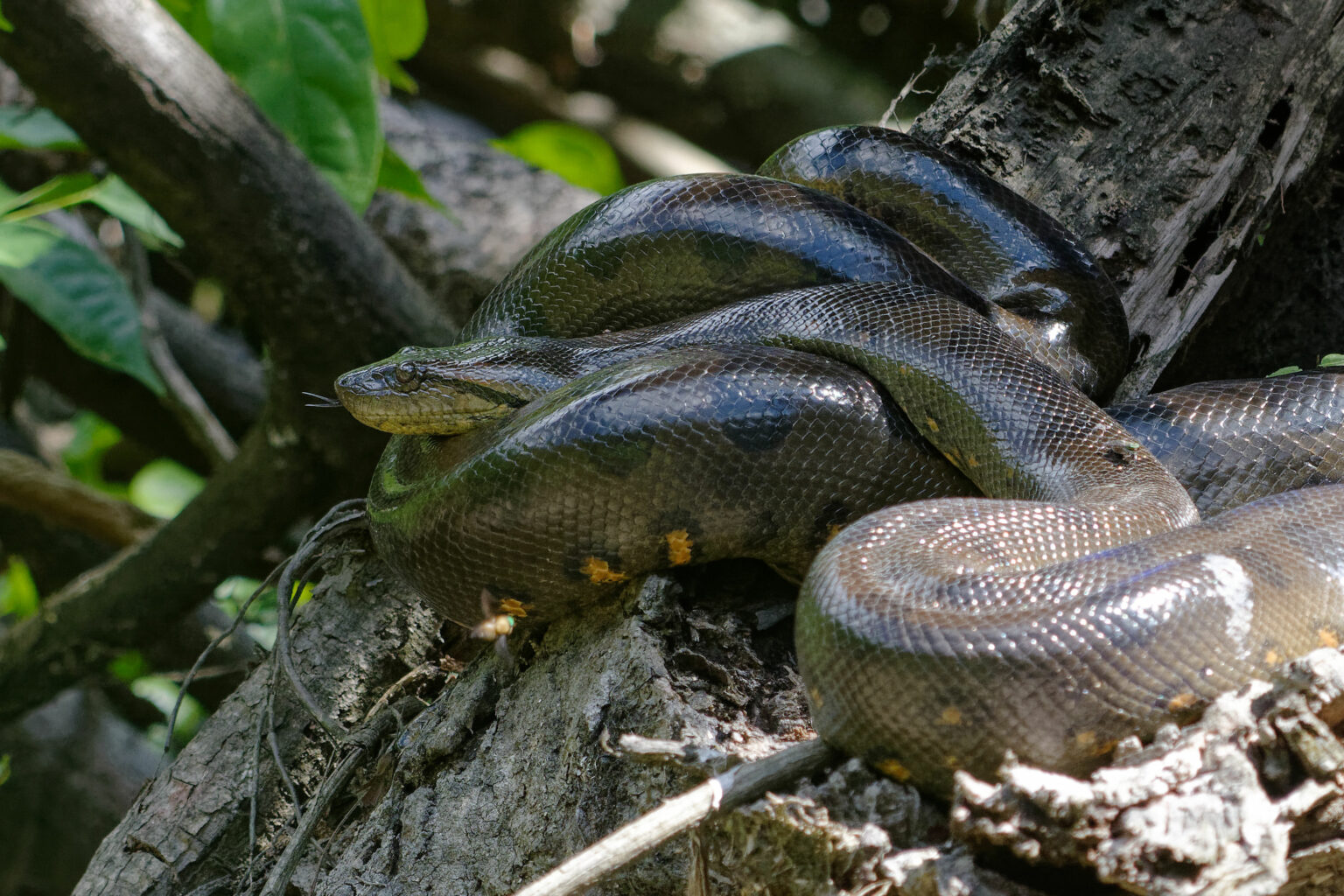


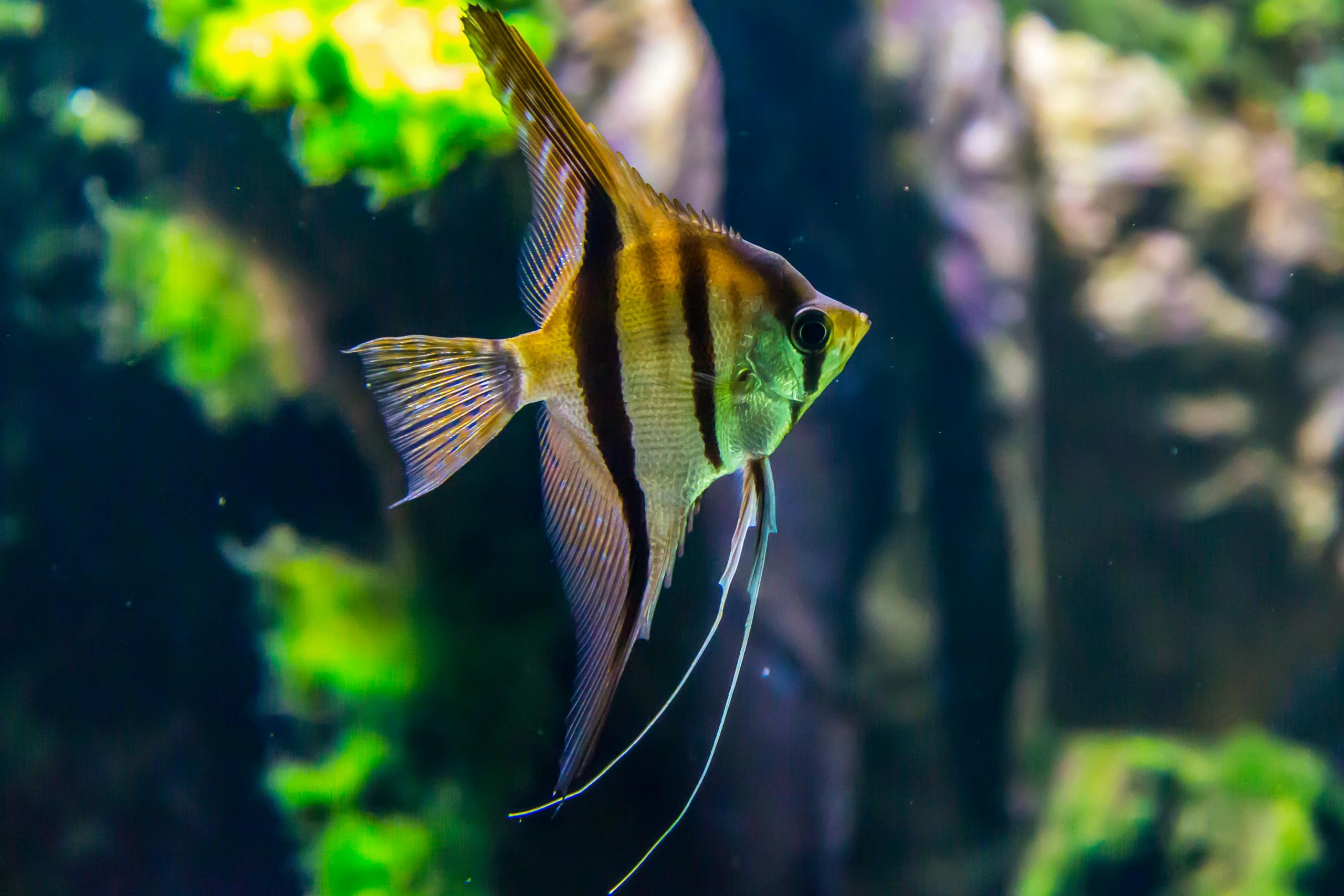
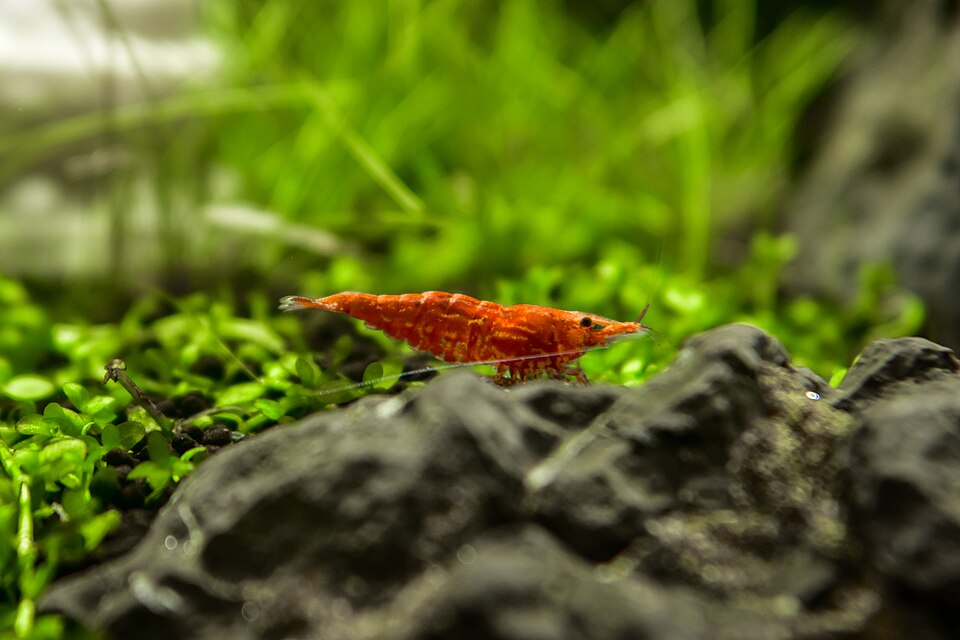

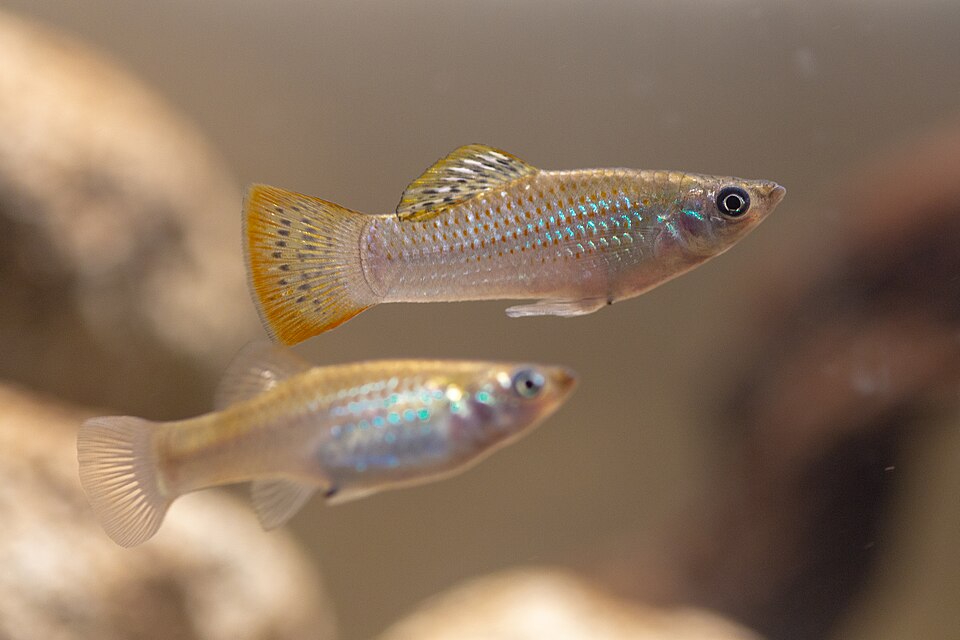
Leave a Reply